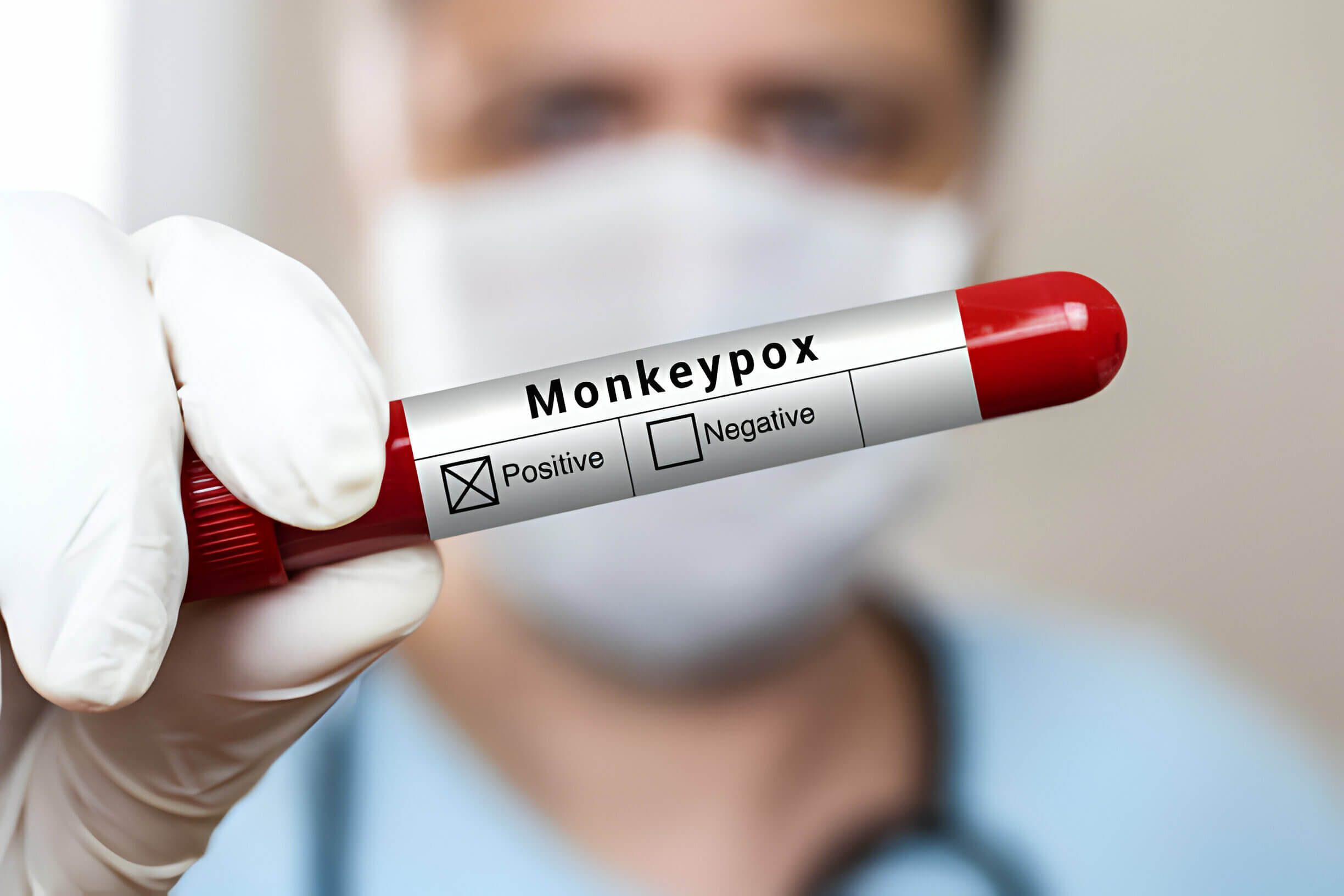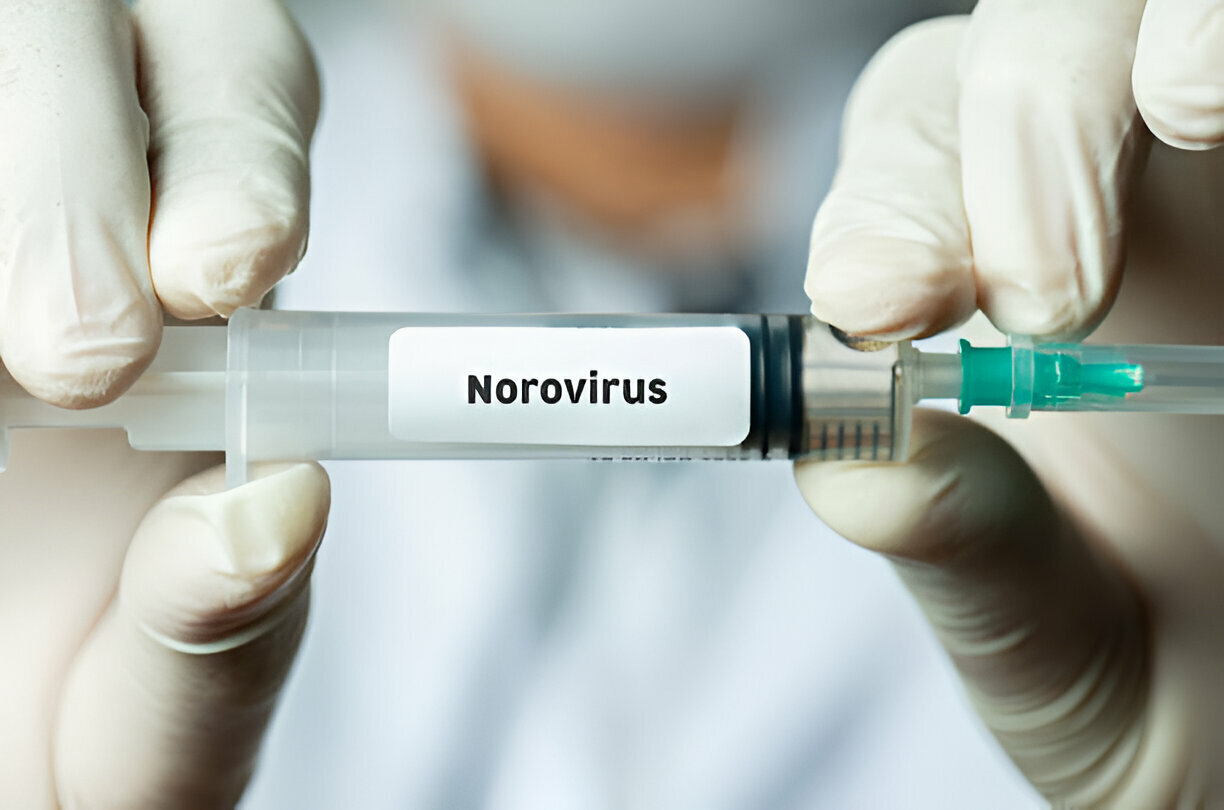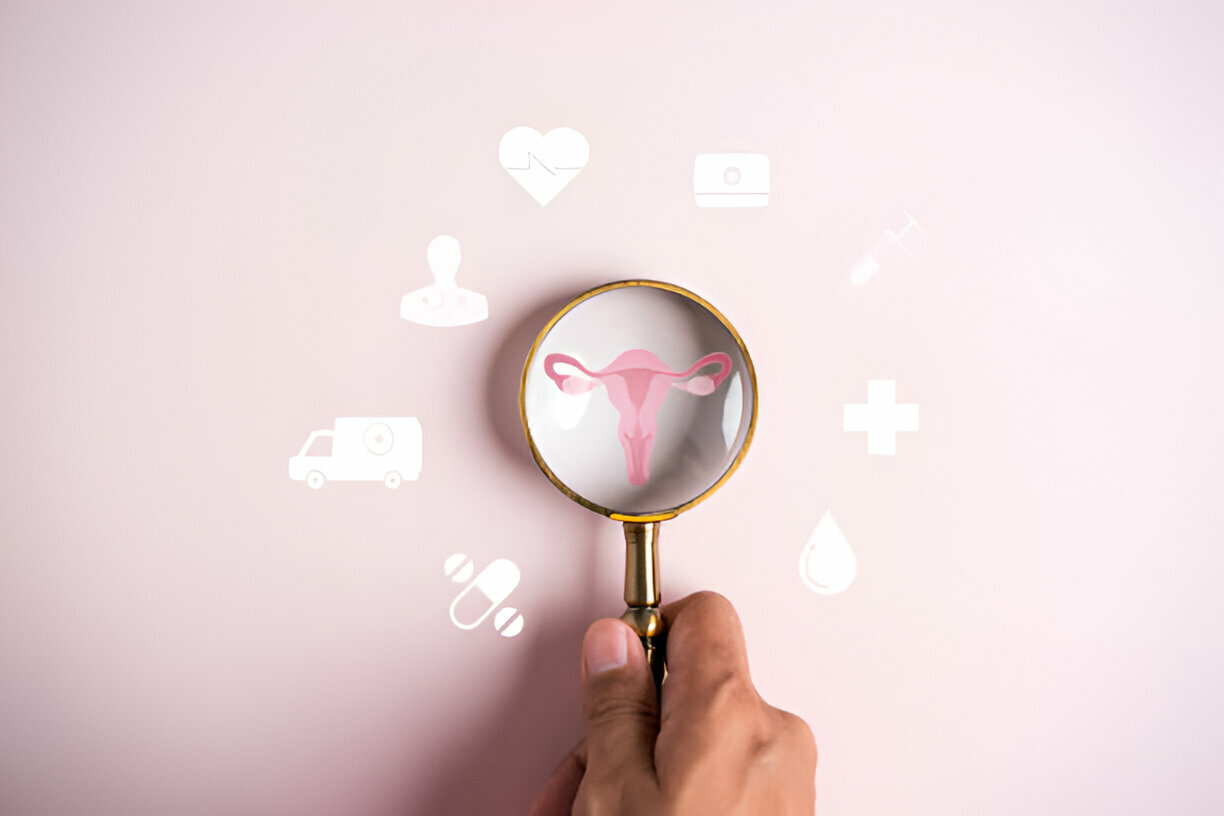The Role of Throat Swabs in Monkeypox Testing

As monkeypox cases continue rising globally, accurate diagnostic testing is critical for case confirmation and disease surveillance. While skin lesions enable clear diagnosis, could throat swabs provide an alternative for patients without rash? Emerging data indicates throat specimens may better detect monkeypox than expected.
How do monkeypox testing guidelines currently define appropriate specimens?
Standard monkeypox testing relies on collecting fluid or crusts from skin lesions, which are the major source of viral shedding. Without skin lesions, blood, nasopharyngeal or throat swabs are recommended. As monkeypox primarily spreads through close physical contact, guidelines focus on visible lesions rather than internally such as the throat.
What’s the sensitivity of throat swabs versus other specimens?
A 2022 Canadian study analyzed different sample types submitted for monkeypox testing during early outbreak response. Surprisingly, throat swabs displayed the second highest positivity rate after skin lesions at 67% versus 83% for skin. Throat swabs also showed lower PCR cycle thresholds than blood or urine, indicating higher viral loads. Among patients with both throat and nasal swabs, over half tested positive on both specimen types.
Why does monkeypox concentrate in the throat?
The throat’s richness in lymph tissue likely enables monkeypox replication even before lesions emerge externally. As a key site for viral incubation, the throat may seed transmission through saliva before other symptoms appear. Testing throat swabs can thus detect infected cases days earlier, enabling quicker public health action like isolation and contact tracing.
Could throat testing replace skin lesions under certain scenarios?
Throat swabs provide a reasonably sensitive alternative when skin lesions are unavailable for testing. However, they should complement rather than replace lesion testing given the very high positivity rates from visible rash. Testing both throat and nasal specimens could also improve sensitivity for early diagnoses. Under resource constraints, focusing on skin lesions remains most efficient but throat swabs carry valuable supplementary power.
As monkeypox evolves into a global health threat, refining diagnostic approaches is vital. The unexpected utility of throat swabs alongside standard skin lesion testing provides more flexibility for confirming challenging cases. While skin lesions display unmatched test sensitivity, the survivability of monkeypox in throats creates opportunities for earlier detection. Ultimately, efficient, accurate testing is our most powerful tool against infectious disease threats.
Click to View → Mantacc Oropharyngeal Swabs
References
Monkeypox Virus Detection in Different Clinical Specimen Types









